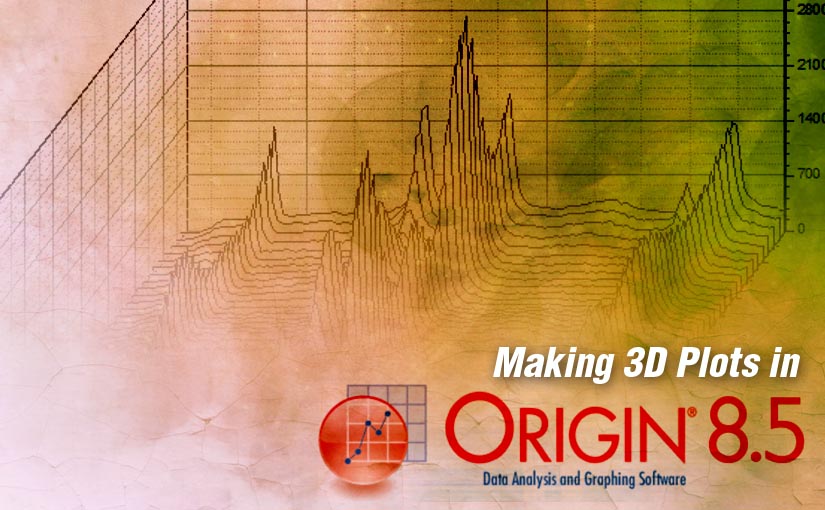Bridgette Hernandez
Writing and formatting often go hand in hand. In anything from scripts to essays, there needs to be some kind of order. Especially when dealing with difficult concepts, a robust structure can help your readers stay afloat.
In the world of science writing, structure is that much more important. Research articles pack in a lot of information. You don’t want your readers to feel bombarded. Help your readers follow along with these ten steps.
Pick a Clear and Succinct Title
Many writers struggle with picking the perfect title. It’s understandable. The title is the first thing a reader sees. However, choosing the right title will be what helps to draw readers in. Try to include plenty of description.
Long titles should be avoided at all costs. Of course, it can be easy to get carried away. There is a lot to say! Still, shorter titles will capture readers’ imagination more easily.
Include an Abstract
An abstract gives your reader a “preview” of the content. Another way to see it is a summary. Abstracts make research articles scannable. When dealing with a lot of information, they help readers decide which texts to read. Use that your advantage.
Continue reading 10 Steps to Structuring a Scientific Research Article